LG Google TV Review
by Jason Inofuentes on October 2, 2012 9:00 PM EST- Posted in
- Google TV
- Media Streamer
- Media Player
- LG
- Honeycomb
- Android
- LG L9
- LG G2
I’m really not sure how it happened. Despite our coverage of so many different streaming boxes over the years, we somehow never reviewed Logitech's Revue, their entrant into the Google TV space. We took a long hard look at a Sony BluRay/Google TV combo; but despite having had our hands on just about every piece of tech running Google TV that remains, until now, our only review. Perhaps, and this is serious, the other editors that had handled the gear felt just how unfinished the product really was; and knew it would be a labor of love to slog through it. Wish they’d tipped me off. We’re expecting big things from Google with regards to Google TV in the next few months, certainly by CES. So, we figured, before we see what’s next, let’s look at what’s best. And so, we have the LG Google TV. ::Nods head::
Let’s back-up a bit and look at where we’ve been.
Before Netflix popularized the idea of streaming video to devices of all shapes and sizes, one group was working hard to make that sort of thing a reality in their own homes, HTPC DIYers. I built a huge noisy machine for playing back local content and handling web video, and continually upgraded it from about 2005 until . . . well, today. Gradually, some media playback devices started to trickle out from the likes of Asus, Popcorn Hour and Western Digital, that filled this role. These devices generally used cheap MIPS based SoCs to drive playback of compressed video streamed from attached storage or locally on a network. Underpowered in terms of compute, their UIs were often sluggish, and codec support often wasn’t extensive, so it was important to ensure your files were encoded to match your player. These weren’t bad solutions, but Netflix would stymie their popularity.
When Netflix’s streaming services exploded in popularity, one theretofore unknown company was ready to step in. Roku made what first seemed like an absurdly single purpose device. Its internals weren’t too different from the streamers that had preceded it, but instead of focusing on local content, the little black box was built to stream Netflix on your big screen. The low entry cost of the box (just $99), and the popularity of the Netflix service was a match made in heaven. While Roku’s sales aren’t in the vicinity of, say, the Xbox 360, it certainly exceeds all the streamers that had preceded it, combined.
The explosion of popularity of streaming services inspired many playback devices, and the systems were integrated into TVs, DVD and BluRay Players and, fatefully, game consoles like the Xbox 360. Microsoft’s game console is as well equipped a media player as it comes, with local and network media playback, as well as access to all of the major streaming services’ wares. Parallel to this, though, was Apple TV. The minuscule Apple TV was limited in all the right ways. It was locked into the iTunes store for all of its content, and had little to no storage. Indeed the earliest versions were 720p devices that didn’t impress in picture quality. What Apple TV did have going for it was expectations. Users had already seen how Apple’s iOS was blessed with new features that extended the platform's capabilities, and hoped to see the same for the odd, corded cousin. In particular, users wanted apps.
Today, when your smartphone doesn’t natively do something, you get an app. Operating systems, even mobile ones, can’t be constantly and infinitely updated to provide new functions or experiences. iOS development proved that fast and cheap development cycles freed them to experiment with services and experiences in a way that traditional PC development lacked. The result was an explosion of apps designed to alter and enhance everyday behaviors. To media player enthusiasts the idea of a little TV box with apps would be a great way to see innovation where it is so desperately needed.
Apple TV still doesn’t have an appstore. And the limited apps available leave it at best with parity in the market. Where the Apple TV has broken new ground is AirPlay. A long standing geek dream is to be able to effortlessly send a video from one device to another, wirelessly. AirPlay does this so seamlessly, the TV becomes a compliment to the iPad, in an odd role reversal.
Originally announced at Google I/O 2010, the Android on TV implementation was hotly anticipated. On its release, though, it fell far short of expectations. The Android 2.x underpinnings were obfuscated by a 10-foot UI whose biggest feature was integration with Google Search. The combination of Google Search with the index of available streaming and local listings made it possible to find available content related to your search terms simple. But the rest of the affair was clunky. Though available in a satellite TV STB, and integrated within a Sony set, Google TV was always somewhat offset from the actual television watching experience. Indeed, even in the Dish DVR into which it was integrated, it was possible to have UI elements from the STB overlaid atop Google TV UI elements, and have no clear way to eliminate one or the other separately.
Apps were limited to a small handful, and no app marketplace was initially included. Instead, Google’s Chrome browser was provided, so that users could simply surf to the content they wanted. Unfortunately, many content providers weren’t willing to share and left Google TV devices off of their whitelists, so services like Hulu Plus were unavailable. And perhaps most damning of all, performance wasn’t up to snuff. Based initially on x86 Intel hardware, first generation Google TV software never delivered a smooth UI experience, and even had issues with smooth Flash HD video playback.
As these first generation devices floundered, we were left befuddled about why this all seemed to be going so wrong. No one had, nor has yet, put together that perfect combination of components and software to deliver the perfect big screen experience. Typical STB silicon is underpowered for UI and 3D performance, and even when it’s given a little more oomph, as in Intel’s SoC hardware, it still fell short. In the meanwhile, software could deliver some excellent experiences, but fall so short in others.
A number of software updates came that moved things along a bit. Transitioning Google TV to an Android 3.x platform was meant to make it easier for Android developers to design apps that would work across phones, tablets and televisions, using a design framework they pushed heavily at Google I/O 2011. The Honeycomb builds also improved UI responsiveness, though hardly perfected it. The App Marketplace (later renamed Google Play Store) arrived, but the initial run of apps were a bit mundane.
We set off for CES 2012 with little enthusiasm for the space, even as we knew that “smart TVs” would be the new big thing all the OEMs would be pushing. But that hopefulness reared its ugly head again as we learned about some big changes for Google TV, both in hardware and software. All second generation Google TV devices would move to ARM silicon, including SoCs from Marvell (long a player in the video silicon space) and a surprise entrant, LG. Korea’s LG would also play a role in a big software change for Google TV, the first skinned implementation. Skins over Android are rarely something to get excited over, and can often be a detriment to performance, but the reality was that the bar was so low with Google TV that anything that could inch it up would be considered a blessing.
And so, here we are. With a 47” LG G2 Google TV enthroned atop our entertainment center and all wired up. And what do we think? Sigh.


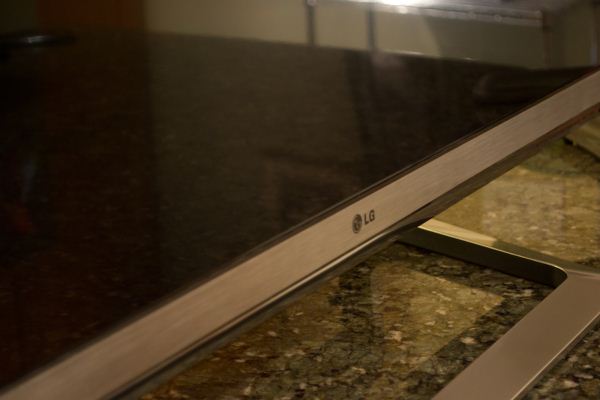
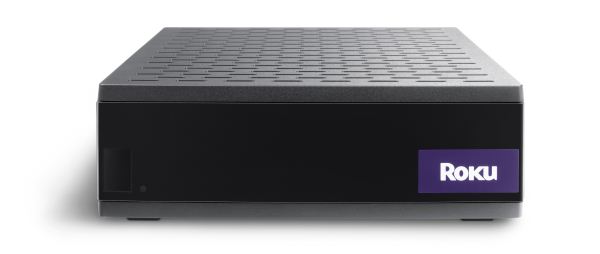
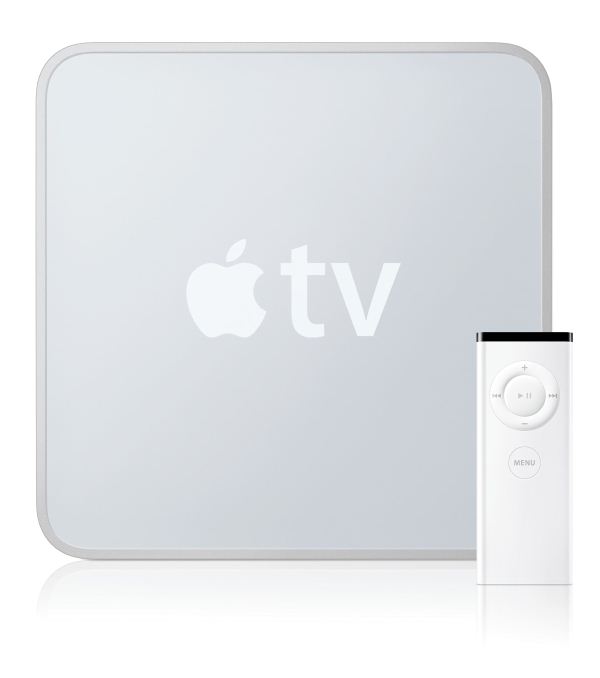
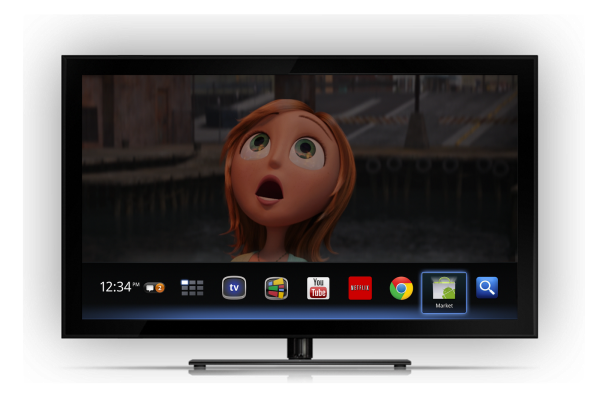
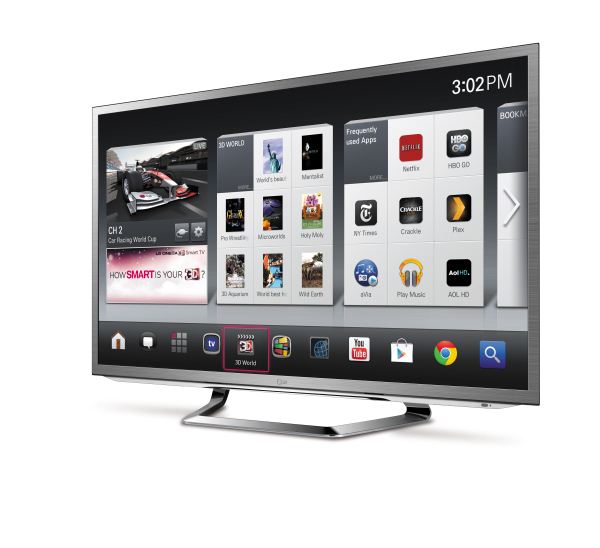








50 Comments
View All Comments
JasonInofuentes - Wednesday, October 3, 2012 - link
Great points, though I take issue with the tablet-as-remote concept. That's a lot of baggage and the technology exists to make a smart remote that is aware of device states. If all your components (source, display, receiver) are connected via HDMI 1.4 and use CEC for command and status, and Bluetooth is used as the protocol for communicating with the remote, then you could have a Logitech-like remote with macros that can modify the macro on the fly to reflect current states. Trouble is, not everyone implements CEC.I entirely agree that the ideal would be for a single interface to be able to query the full range of possible content options, and I think Google has a great first step towards that. Though it's a clunky affair, their access to EPG's and ability to adjust cable set-top boxes through IR blasters (and someday, hopefully, CEC) means that from their search you can do this with cable content along side streaming video options. That local storage component is still missing, and though it's a big one for those of us that have terabytes of storage devoted to movies, we are the most minor of minorities. The vast television audience mostly watches . . . television. So, for Google to put up the effort to implement a protocol for indexing and searching your media server (and to do so in a the many countless ways that your server may be configured) is not really worth it. Sad, though.
Jason
will2 - Wednesday, October 3, 2012 - link
The last 2 posts cover what I would like to see in an intelligent Multimedia/computer system, but with 1 major difference: Instead of assuming every home wants a TV with integrated tuner - a fine concept before it was seen screens could be used for other things - but which necessarily dedicates, if not limits, part of the box to a narrow form of media consumption, I would prefer the display to be just a Monitor with just numerous HDMI, USB, & Wireless connections, where the consumer is free to buy either a USB tuner with BT4 Remote for traditional 1 room viewing (cost little different from tradional TV), or next up, a small 'pendroid+WiFi' or HTPC/XBMC where, if the user wants to view TV or compute, from different parts of the home, where only additional Monitrs need be purchased (a great saving over buying a standalone TV for multiple rooms). That way, the owner is not tied to any mode of consumption, (can buy TV Tuner, or Internet feed, or Cable) and where makers can focus developments on providing a UI that allows integration of all of these flexible configurations in an easy to use mannner. A BT4 remote, that improves on the model of the Boxee Box mini-double-sided keyboard, so all you need in the room you are working in is a Wireless Display and the smart keyboard remote. If integration is done right, this should work for non-technical consumers also - so big market potential. Any problems with this idea ?Sureshot324 - Wednesday, October 3, 2012 - link
I have a similar remote for my HTPC (Wiimote style with a thumb keyboard) and IMO it's the best system for controlling a PC/media center from the couch. I use keyboard shortcuts for a lot of things like play/pause.zeiker - Wednesday, October 3, 2012 - link
On my wishlist is a device (right now it's an HTPC /HTLT with video playback software) with 5.1 digital sound output, HDMI 1080p output and capabilities to stream internet content as well as BluRay, DVDs and - .iso files of DVDs and BRDs. Trying NAS devices, streaming routers, DLNA devices, it just isn't happening with what I see available.Therefore my current optimum solution (for all things video) is a discrete BRD player and HTLT and pull the net content from the laptop and mpgs and .iso files from a NAS through the laptop to the TV via Cyberlink playback software.
Anyone know of a better implementation out there?
JasonInofuentes - Wednesday, October 3, 2012 - link
I'm actually pretty solidly against consolidation of functions in lots of cases. The best disc player, are just disc players. The best streamers, are mainly just streamers. I think we'd all love to have something that played all of those, and any other content you wanted, and did so well; but I don't see it happening, just as I don't really see it happening without compromises in the tablet space. Want a reader? An e-ink device is your best bet. Want a gaming device? Pretty solid on some SoC's, but with a dedicated handheld you know the games will work, and how well they'll work. Want a productivity device? Tablet's might be good for that, but how much more convenient for writing is a tablet than, say, a MacBook Air?Point is, maybe you're living in a good place if you have a good streamer, and a good BR player.
smartthanyou - Wednesday, October 3, 2012 - link
A few quibbles...HD did not require a federal program for the digital tuner box. The box was for the switch to digital signals and to free up the analog spectrum. HD was part of what was being broadcast digitally, but the main reason was to free up the spectrum so the Feds could auction it off. And the program was BS to begin with. Just a waist of money, people should have been forced to buy their own box if they needed it.
The AppleTV was always meant as device for people buying into the iTunes/Apple universe. It was never meant as the next big thing.
Finally, it will never matter what hardware and software comes out, the only way we are every going to get a fundamental change in our television viewing is if there is massive change of heart with the content producers. In other words, it won't happen anytime soon.
With corporate consolidation, the companies involved just want to protect/grow profits. They don't want massive change, just massive piles of cash.
As consumers, we could force change by simply walking away from their products, but we refuse to do that. We complain, gripe and bitch about the evil media producers and corporations while we hand over our money.
JasonInofuentes - Wednesday, October 3, 2012 - link
The HD switch did require federal programs to coordinate, and the tuner box was part of it, and a response to the actually flagging rate at which consumers were upgrading equipment. That issue was somewhat isolated to more rural areas that were underserved by big cable, but the tuner program was a part of it. One reason why the tuner program ended being such a flop, though, was that TV companies saw that demand had become rabid for their products and rapidly lowered prices to compete. And that's how we ended up with so much attention being devoted to 3D and now Smart TV's. Set manufacturer's need to be able to raise their margins to be profitable. Adding $50 in compute components to make your TV "smart" and providing some tag along services is cheap, and allows you to add a lot more than $50 to your price tag.Kracer - Thursday, October 4, 2012 - link
It seems that every technology space is crappy until Apple comes and does what us geeks want in a closed ecosystem so that everyone likes it.It happened with PCs, MP3s, Smartphones and tablets.
And after Apple comes along and moves things to where they should be we have to wait again for a proper open eco-system learns from Apple.
It happened with PCs, Smartphones and Android tablets just need the apps.
So until Apple comes along and gives everyone a kick up the back-side, we are stuck with customizing XBMC to kingdom come.
JasonInofuentes - Friday, October 5, 2012 - link
I think Apple has a certain undue influence, or perhaps 'undue' is to strong a word there. But there I think PC's should be left out of your list. The greatest innovations were in the openness of the Apple ecosystem and the ability for developers to extend the functionality of the OS through add-ons like Growl. It's only recently that Apple has opted to close their desktop ecosystem, and I think it's to the detriment of developers, even if it is to the benefit of Apple's pocketbooks.And note, Apple has thrown in with the Apple TV with just the structure you're talking about. And that has largely been a draw. It sells well, but it isn't a revenue driver. Nor is it, I suspect, a big iTunes revenue driver.
Kracer - Saturday, October 6, 2012 - link
On the Apple TV;I was thinking about the all so rumoured iTV or Apple television or whatever.